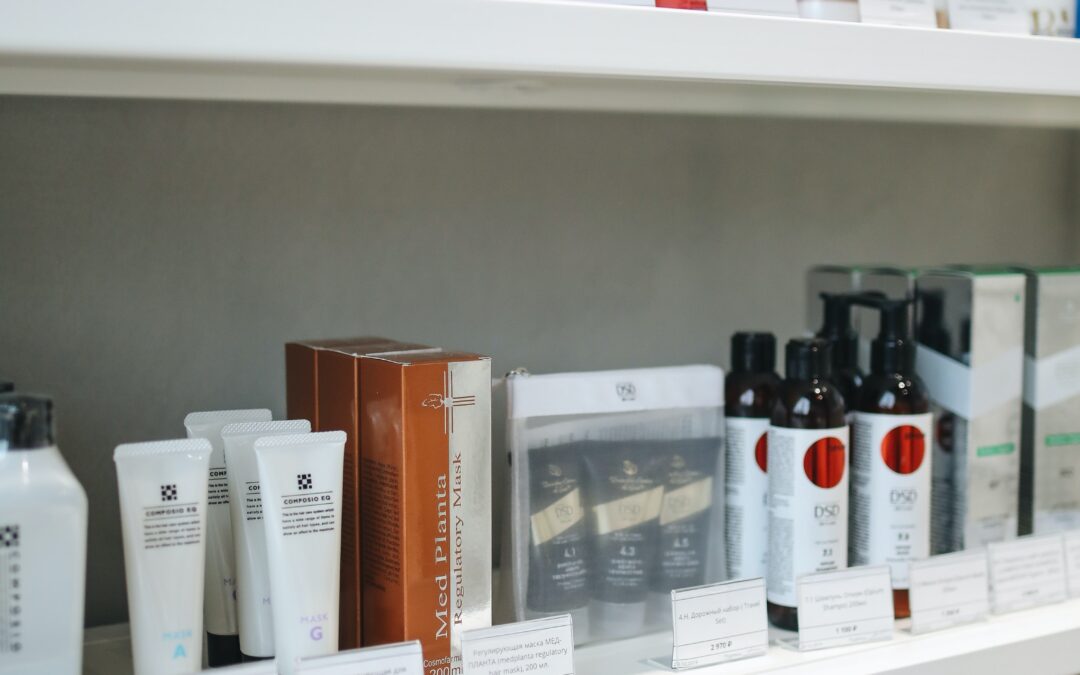By: Breanna Johnson
After five years of working in a specific sector, it’s easy to become accustomed to the PR tactics that result in press attention. In beauty PR, for example, you’ll get the best results if you are complementary and forthcoming. Offering additional perks, courtesy of the brand, builds stronger relationships with key reporters.
When I made the decision to exit beauty and transition into financial PR, I found myself in unknown territory. I knew I had to adapt quickly to an environment filled with complex concepts, straight-to-the-point email exchanges and quick phone interviews.
Six months in, I have a few observations on the similarities and differences between pitching industries which are worlds apart.
Similarities between both industries:
- Pitching with Data – Numbers will always matter. Whether you’re providing clinical studies on a facial chemical peel, or estimated rate percentages based on the Federal Reserve report, offering media unique data points can be a great way to garner interest.
- Importance of Relationship-Building – Relationships and PR go hand in hand. Some journalists have flooded inboxes and receive hundreds of emails per day. While a good pitch is important, having a pre-established meaningful relationship with a reporter will give you a leg up. An email about the recent launch of a moisturizer might not be the most exciting pitch they receive that day, but there is a higher probability that your close contacts will open your email if they recognize your name in their inbox.
- Staying Up to Date with Industry Trends and News – There is no better way to develop a relevant pitch than staying up to date on the news. Combining client news with timely, relevant news items can greatly improve your outcome.
…And a few differences
- Tone of Message – The way I communicated with beauty focused reporters is a far cry from how I communicate now with financial journalists. In the beauty sector, the tone had to be cheerful. I would use many exclamation points and emojis in email correspondence because the more upbeat you are, the more likely you are to succeed. In finance, it’s actually the opposite. Exclamation points are used, but sparingly, in order to be taken seriously. Emails and outreach are straight to the point without any frills.
- No Product to Pitch – When working in beauty, brands typically launch at least five new products per year based on their internal calendars. You will still have outliers. I once worked with a brand that launched five products a month! To tackle that, I used to develop an editorial calendar outlining the designated launches. By placing the newly launched product in editors’ hands you increase the likelihood of your product making it into the story. But in finance, there is no product. Instead, this sector emphasizes expert feedback, news-jacking and potential partnerships that inform the current landscape. Less transactional in nature, it is essential to develop the habit of researching and providing media with key talking points that are relevant to the current economic environment.
- More Targeted Outreach – A difference I personally enjoy is the need for targeted outreach. In beauty, depending on the client, generally, the more outlets pitched the better. You never know who may be interested in discussing a client. With finance, you can really hone in and target specific reporters. There are media that focus on stocks while others highlight new industry partnerships. In order to be successful, I’ve discovered that I need to research reporters based on their coverage to ensure that they will actually care about what I’m pitching.
While there are significant differences, there is still a surprising amount of overlap between beauty and finance. The key for any PR professional switching industries is to truly understand your client’s goals, the industry dynamics and the interplay with journalists. With those items in mind, anyone can find success in a similar transition.
